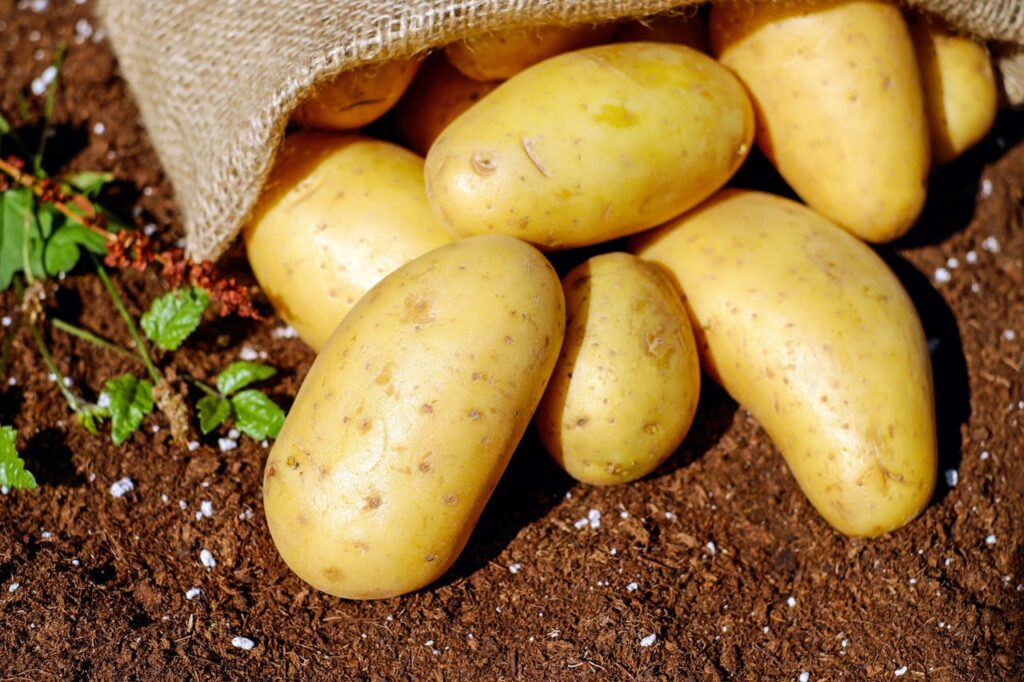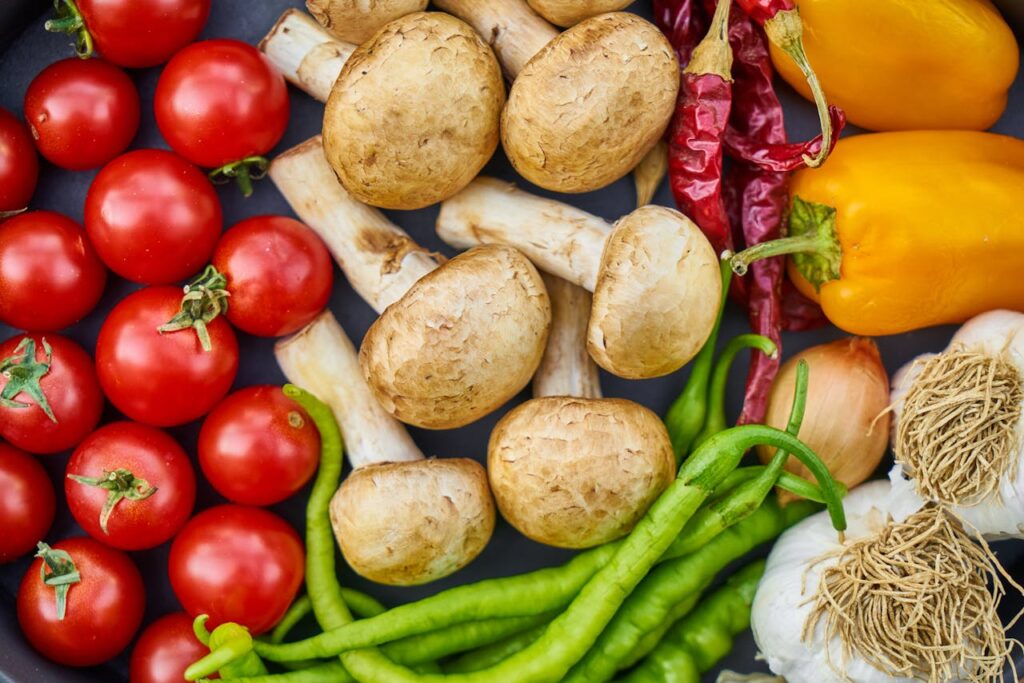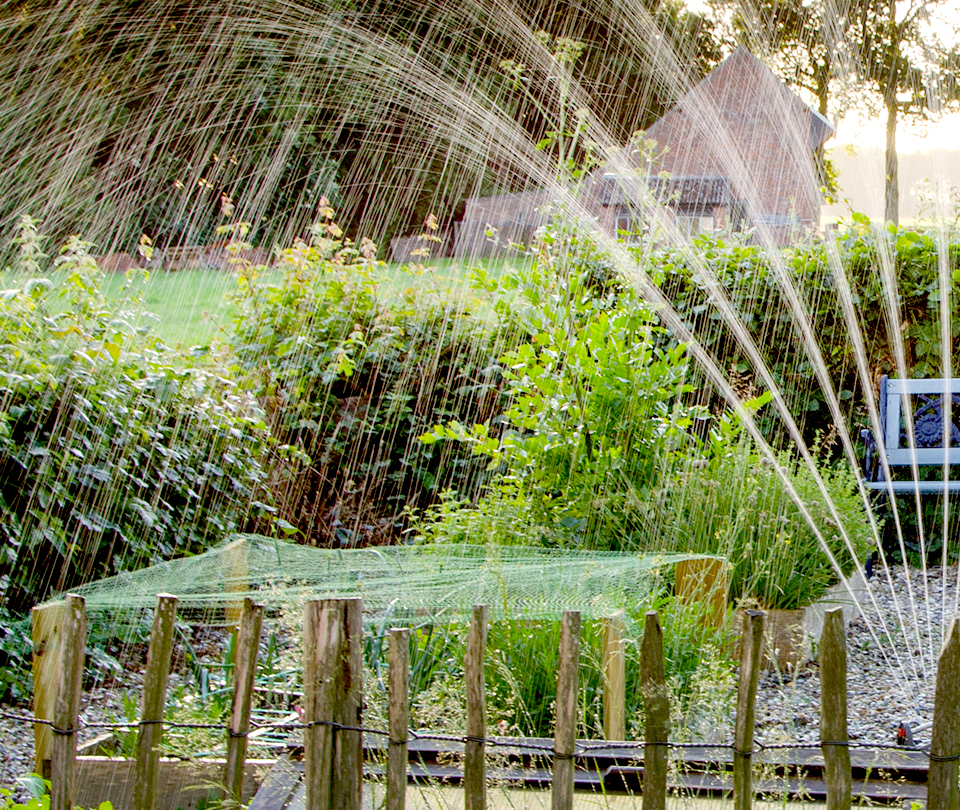Learning how to plant and grow potatoes is a rewarding experience for any home gardener. Potatoes are versatile, nutritious, and relatively easy to cultivate, making them an excellent choice for both novice and experienced gardeners. This comprehensive guide will walk you through the process of planting and growing potatoes, from selecting the right varieties to harvesting and storing your crop. Whether you’re interested in organic potato farming or conventional methods, this article will provide you with the knowledge you need to successfully grow potatoes in your own garden.
Preparing for Potato Planting
Before you learn how to plant potatoes, it’s essential to prepare your garden properly. The first step in growing potatoes at home is choosing the right location. Potatoes thrive in full sun, so select a spot that receives at least 6-8 hours of direct sunlight daily. The best soil for potatoes is well-draining, loose, and rich in organic matter. Ideal soil pH for potato growing ranges from 5.8 to 6.5.
When to plant potatoes depends on your local climate. In most regions, the potato growing season begins in early spring, about 2-3 weeks before the last expected frost date. Some gardeners also practice fall planting in areas with mild winters. To prepare the soil, till or loosen it to a depth of 8-12 inches, removing any rocks or debris. Incorporate organic matter such as compost or well-rotted manure to improve soil structure and fertility.
Selecting and Preparing Seed Potatoes
The key to successfully growing potatoes at home starts with choosing high-quality seed potatoes. Seed potatoes are specially grown tubers that are certified disease-free and primed for planting. You can purchase seed potatoes from reputable garden centers or online suppliers.
Before planting, many gardeners practice chitting potatoes. Chitting is the process of pre-sprouting seed potatoes to encourage earlier growth and potentially higher yields. To chit potatoes, place them in a cool, bright location for 1-2 weeks until sprouts develop.
If your seed potatoes are large, you may want to cut them into smaller pieces before planting. Each piece should have at least one “eye” or sprout and weigh about 2 ounces. Allow cut pieces to heal for a day or two before planting to prevent rot.
How to Plant Potatoes: Step-by-Step Guide
Now that you’ve prepared your soil and seed potatoes, it’s time to learn how to plant potatoes. Follow these steps for successful potato planting:
- Dig trenches about 4-6 inches deep and 3 feet apart.
- Place seed potatoes in the trenches, cut side down, spacing them 12-15 inches apart.
- Cover the seed potatoes with 3-4 inches of soil.
- As the plants grow, continue to mound soil around them, leaving the top few inches of the plant exposed.
For those interested in container potato gardening, use large pots or grow bags at least 2.5 feet deep. Fill the container with a mix of potting soil and compost, planting seed potatoes about 4 inches deep.
Caring for Growing Potato Plants
Proper care is crucial when growing potatoes at home. Here are some essential potato plant care tips:
- Watering: Consistent moisture is key for potato growing. Water deeply once or twice a week, providing about 1-2 inches of water. Avoid overwatering, as this can lead to rot.
- Fertilizing: Apply a balanced, organic fertilizer when the plants are about 4 inches tall. Side-dress with additional fertilizer when the plants start flowering.
- Hilling: As potato plants grow, continue the process of hilling or mounding soil around the stems. This encourages more tubers to form and protects developing potatoes from sunlight, which can cause them to turn green and potentially toxic.
- Mulching: Apply a layer of organic mulch around your potato plants to conserve moisture, suppress weeds, and regulate soil temperature.
Managing Pests and Diseases
When learning how to grow potatoes, it’s important to be aware of potential pests and diseases. Common potato pests include the Colorado potato beetle, aphids, and wireworms. Practice regular inspection and use organic pest control methods when possible, such as handpicking beetles or using insecticidal soaps.
Potato plants are susceptible to diseases like late blight and scab. To prevent these issues, choose resistant varieties, practice crop rotation, and avoid overhead watering. If you notice signs of disease, remove affected plants promptly to prevent spread.
Harvesting Potatoes
Knowing when and how to harvest potatoes is crucial for a successful crop. New potatoes can be harvested about 2-3 weeks after the plants have finished flowering. For mature potatoes, wait until the plant foliage has died back naturally.
To harvest, gently dig around the plants with a garden fork, being careful not to damage the tubers. Lift the potatoes out of the soil and allow them to dry on the surface for a few hours before storing.
Storing and Preserving Potatoes
Proper storage is essential for maintaining the quality of your homegrown potatoes. After harvesting, cure the potatoes by keeping them in a dark, humid place at about 60-65°F for two weeks. This allows the skin to toughen, extending storage life.
Store cured potatoes in a cool, dark place with good ventilation. The ideal potato storage temperature is around 40°F. Avoid storing potatoes with apples or onions, as these can cause premature sprouting.
Companion Planting and Crop Rotation
When planning how to plant and grow potatoes, consider companion planting. Good companion plants for potatoes include beans, corn, and cabbage. Avoid planting potatoes near tomatoes, cucumbers, or sunflowers, as these can inhibit growth or increase disease risk.
Crop rotation is vital for maintaining soil health and preventing the buildup of potato-specific pests and diseases. Avoid planting potatoes in the same location for at least three years. Suitable crops to rotate with potatoes include legumes, brassicas, and root vegetables.
Troubleshooting Common Potato Growing Problems
Even experienced gardeners can encounter issues when growing potatoes. Here are some common problems and solutions:
- Poor growth or yield: This may be due to insufficient nutrients. Ensure proper fertilization and consider a soil test.
- Misshapen or green potatoes: These are often caused by exposure to light. Improve hilling practices and harvest promptly.
- Potato scab: This bacterial disease is more common in alkaline soils. Maintain proper soil pH and avoid adding lime to potato beds.
Conclusion
Learning how to plant and grow potatoes can be a fulfilling experience for any gardener. By following this comprehensive guide, you’ll be well-equipped to cultivate a bountiful potato crop in your own backyard. Remember, successful potato growing requires proper planning, care, and attention to detail. From selecting the right seed potatoes to mastering the art of hilling, each step plays a crucial role in your potato growing journey.
Whether you’re planting potatoes in a traditional garden bed or trying your hand at container potato gardening, the principles remain the same. Pay attention to your plants, address issues promptly, and don’t be afraid to experiment with different varieties and techniques. With practice and patience, you’ll soon be enjoying the fruits (or rather, tubers) of your labor.


